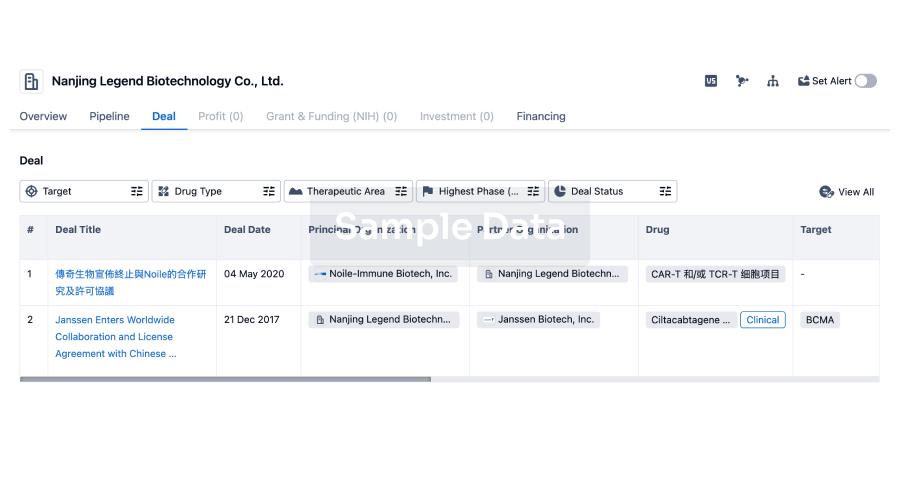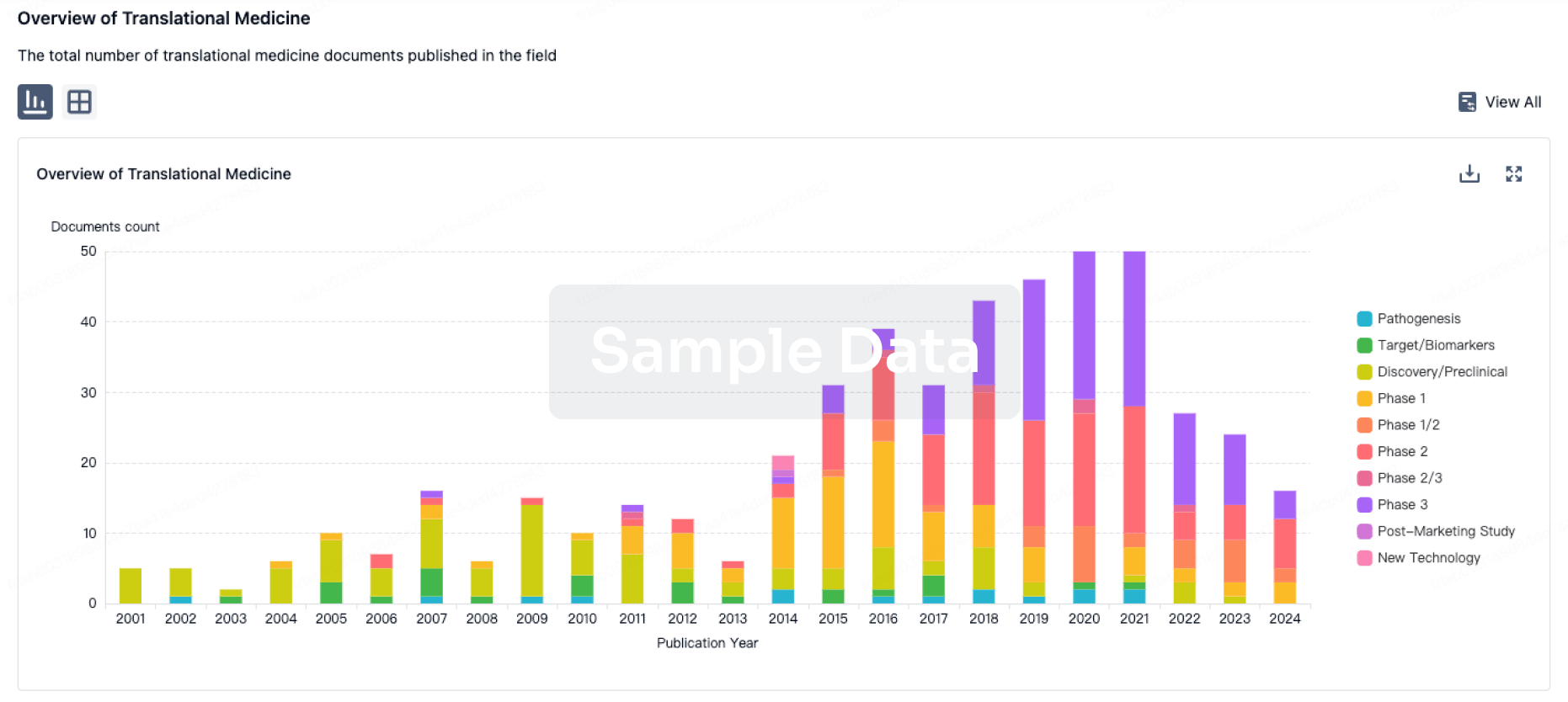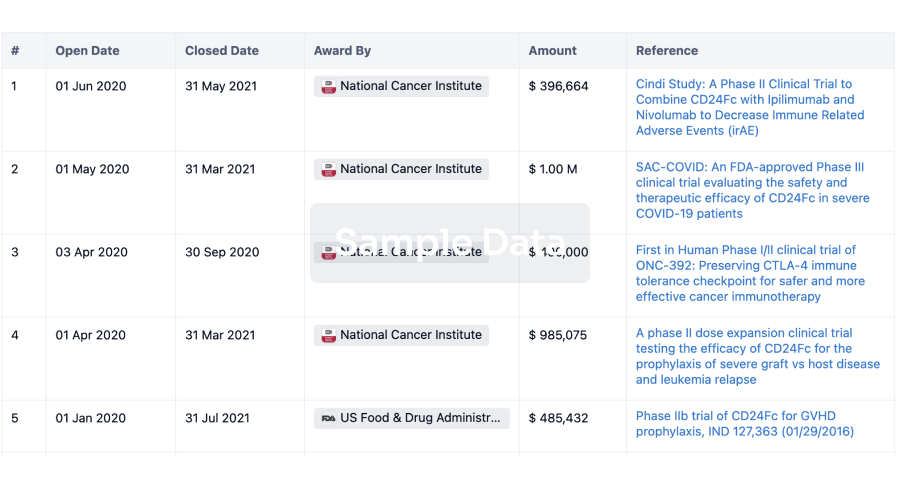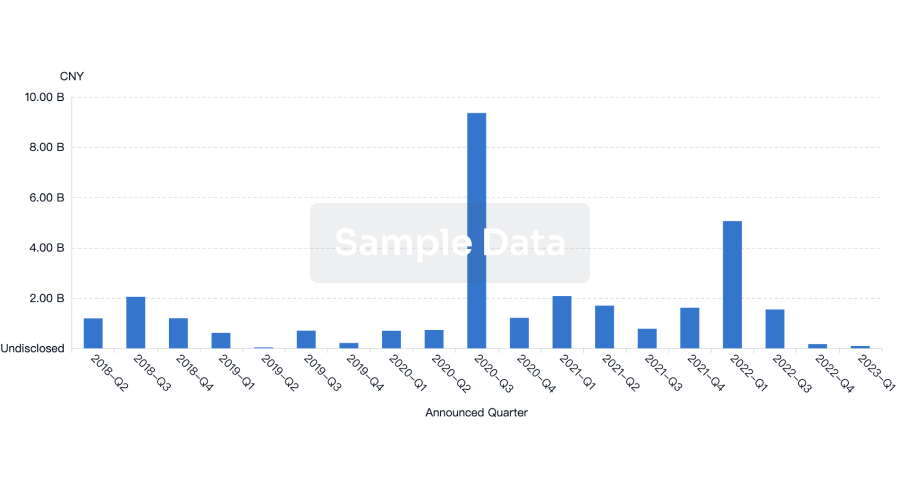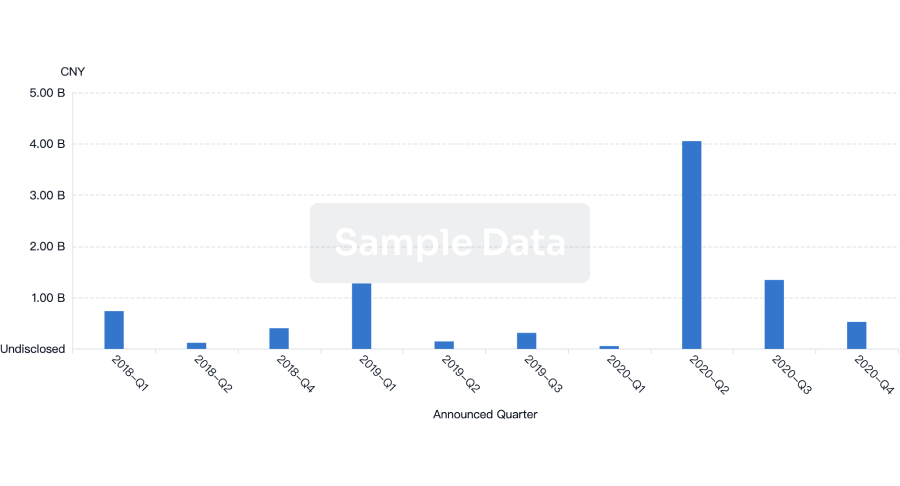/ Not yet recruitingNot ApplicableIIT Optimizing Recovery After Reverse Shoulder Arthroplasty With a Personalized Mobile Health Application
Background: Mobile health (mHealth) - the use of medical applications in healthcare settings - include tools that can support self-management after surgery and thereby contribute to early postoperative recovery. Providing patients with timely and interactive information through mHealth is hypothesized to positively influence recovery after reverse shoulder arthroplasty (RSA).
Aim: The aim of this study is to determine the effectiveness of interactive and personalized information and rehabilitation protocol with a mobile application compared to generic information and generic rehabilitation protocol (standard care) on postoperative recovery in patients undergoing primary RSA.
Methods and analysis: A multicentre randomised controlled trial will be conducted in two Dutch hospitals. In total 170 patients undergoing elective, primary RSA will be included. Participants will be randomly allocated to one of the two groups on a 1:1 ratio. The intervention group will receive interactive postoperative information on a daily basis. The control group will receive standard care. The primary outcome is defined as functional recovery measured using the Oxford Shoulder Score (OSS) at 6 weeks. Secondary outcomes are: pain, physical functioning, quality of life, length of stay, complications, treatment satisfaction and app use. The between group difference will be analysed using linear mixed-effects regression.
/ RecruitingNot ApplicableIIT Evaluating the Utility of Bone Grafts in Open Wedge Corrective Osteotomy and Plate Fixation in Patients With Malunited Distal Radius Fractures
INTRODUCTION A variety of bone grafts and substitutes are available for filling bone defects in the distal radius after corrective osteotomy, but the harvesting of bone from the iliac crest is the gold standard as it allows easy access to corticocancellous bone of a desirable quality and quantity. The idea behind bone grafting is to provide optimal bone formation and structural stability, which is crucial for bone healing. However, the harvesting and use of bone from the iliac crest potentially comes with the risk of complications such as delayed union of the osteotomy defect; size mismatch between the graft and the osteotomy defect; longer operation time; donor site morbidity including nerve, arterial, and ureteral injury; herniation of abdominal contents; sacroiliac joint instability; pelvic fractures; hematoma and infection. As these disadvantages of bone grafting can have a major impact on patients' everyday lives, research is needed on whether bone grafting is genuinely necessary during corrective osteotomy and plate fixation of the distal radius
OBJECTIVE The objective of this study is to investigate whether harvested bone graft from the iliac crest necessary is during corrective osteotomy and plate fixation in patients with malunited distal radius fractures.
STUDY DESIGN This is a prospective, randomized, controlled multicenter study. Patients will undergo the following examinations once before the operation and five times afterwards: 1) the patients will fill out three questionnaires, 2) complications will be noted, 3) the wrist function will be measured, and 4) radiographs/CT scans will be made.
STUDY POPULATION All patients over the age of 18 years who have a symptomatic malunion after distal radius fracture and are eligible for surgical correction.
INTERVENTION Surgical correction in the form of open wedge corrective osteotomy and plate fixation without bone grafting.
USUAL CARE Open wedge corrective osteotomy and plate fixation with harvesting bone from the iliac crest.
OUTCOME MEASURES Primary outcomes: complications and quality of life. Secondary outcomes: time to complete bone healing, functional outcomes, and cost effectiveness.
/ RecruitingNot Applicable Bifurcation PCI With a Hybrid Strategy With Drug Eluting Balloons Versus a Stepwise Provisional Two-stent Strategy. A Randomized Controlled Trial and Registry
The optimal treatment of coronary bifurcation lesions is complex and remains subject of current research. There is ongoing debate about the optimal strategy for bifurcations with upfront two-stent strategy or provisional one-stent strategy. Current European Society of Cardiology (ESC) guidelines advise a provisional approach with optional stepwise two-stent strategy in case of suboptimal result of the side branch (SB). However, a two-stent strategy (either upfront and stepwise) caries technical difficulties and is associated with increased procedure duration and costs and higher exposure of the patient to radiation and contrast. Therefore there is upcoming interest in the use of a drug-eluting balloon (DEB) in the side branch of bifurcation lesions after provisional approach. Drug-eluting balloons are conventional semi-compliant angioplasty balloons covered with an anti-proliferating drug, which is released into the vessel wall during inflation.
Several small pilot studies have successfully investigated a hybrid approach with use of DEB in addition to the provisional strategy. This hybrid approach has shown to be safe and feasible, however no large trials have been performed comparing this with current two-stent bifurcation strategies.
The aim of this randomized controlled, single blinded, multicenter trial is to investigate whether a hybrid DEB approach is non-inferior to a stepwise provisional two-stent strategy in patients with de novo bifurcation lesions and a suboptimal result of the SB after provisional approach.
Patients included in this study will receive PCI using provisional approach (implantation of drug-eluting stent (DES) in the main branch). Patients with an unsatisfactory result of the SB after provisional PCI (≥ 70% residual stenosis and/or diminished flow < Thrombolysis in Myocardial Infarction (TIMI) III) will be randomized in a 1:1 ratio to receive the Hybrid DEB approach or the two-stent strategy. Patients with a satisfactory result of the side branch after provisional PCI will be included in a registry.
Follow-up will be performed at 12 months and at the anticipated median 2 year follow-up with a minimum follow-up of 1 year in each subject by either a phone call or outpatient clinic visit. During follow-up information regarding cardiovascular drug use, hospitalizations, invasive and non-invasive diagnostic tests, angina status and SAE's is obtained.
100 Clinical Results associated with Viecuri Medisch Centrum
0 Patents (Medical) associated with Viecuri Medisch Centrum
100 Deals associated with Viecuri Medisch Centrum
100 Translational Medicine associated with Viecuri Medisch Centrum

